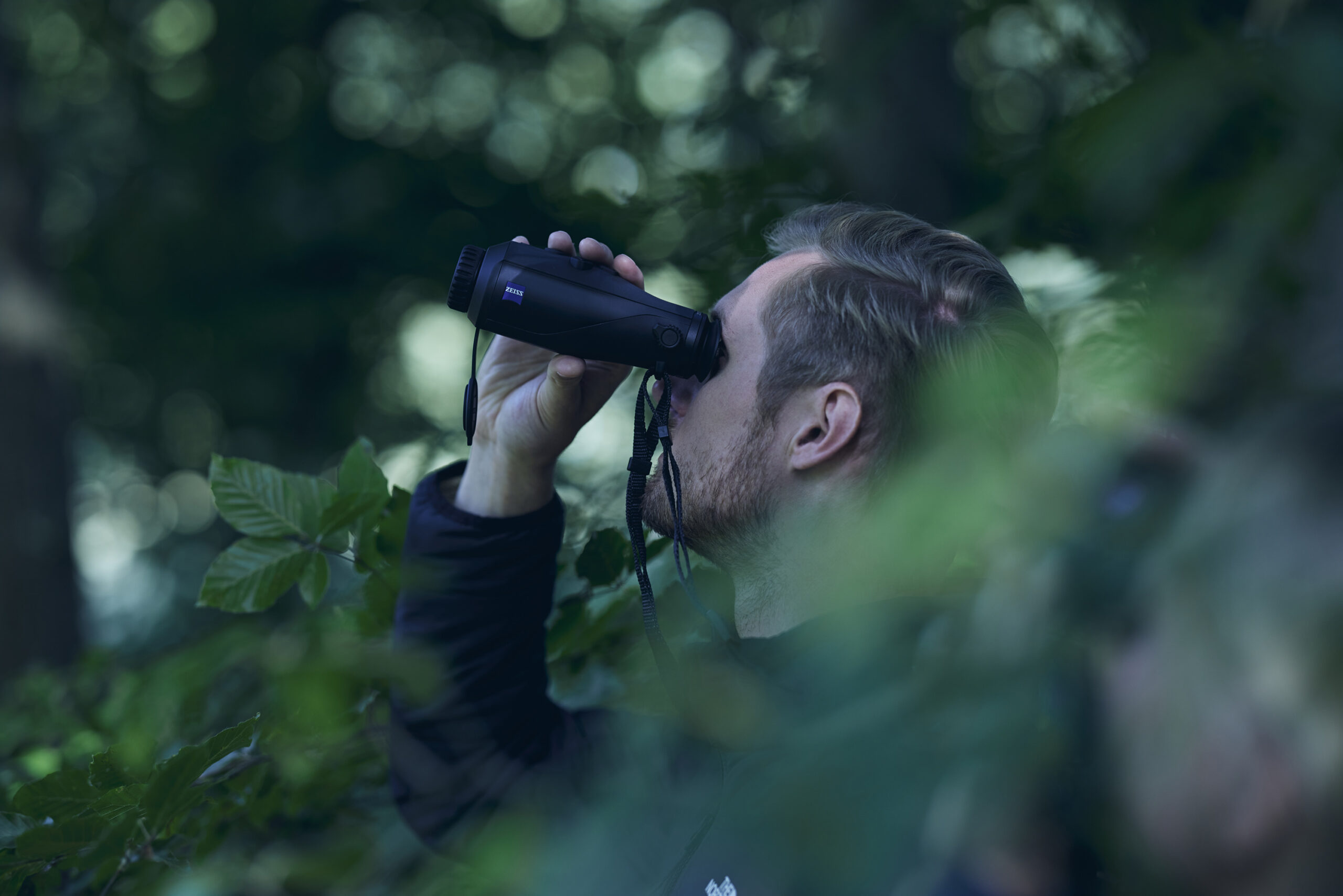Exciting as it is, bird photography can also be one of the most arduous photography genres today. Especially when you head out of urban jungles and into dense forests. Having some ornithology skills is essential when chasing birds with a long lens. When you don’t hear them chirping much, and you’re lying in wait for long to spot a flutter of feathers, it’s natural to feel dejected. Helping you spot those hidden birds much more quickly are the new Zeiss Thermal Cameras. Small, lightweight, but packing a massive punch are 4 new models that have been newly launched.
Table of Contents
The Perfect Solution To Spot Birds In The Wild?
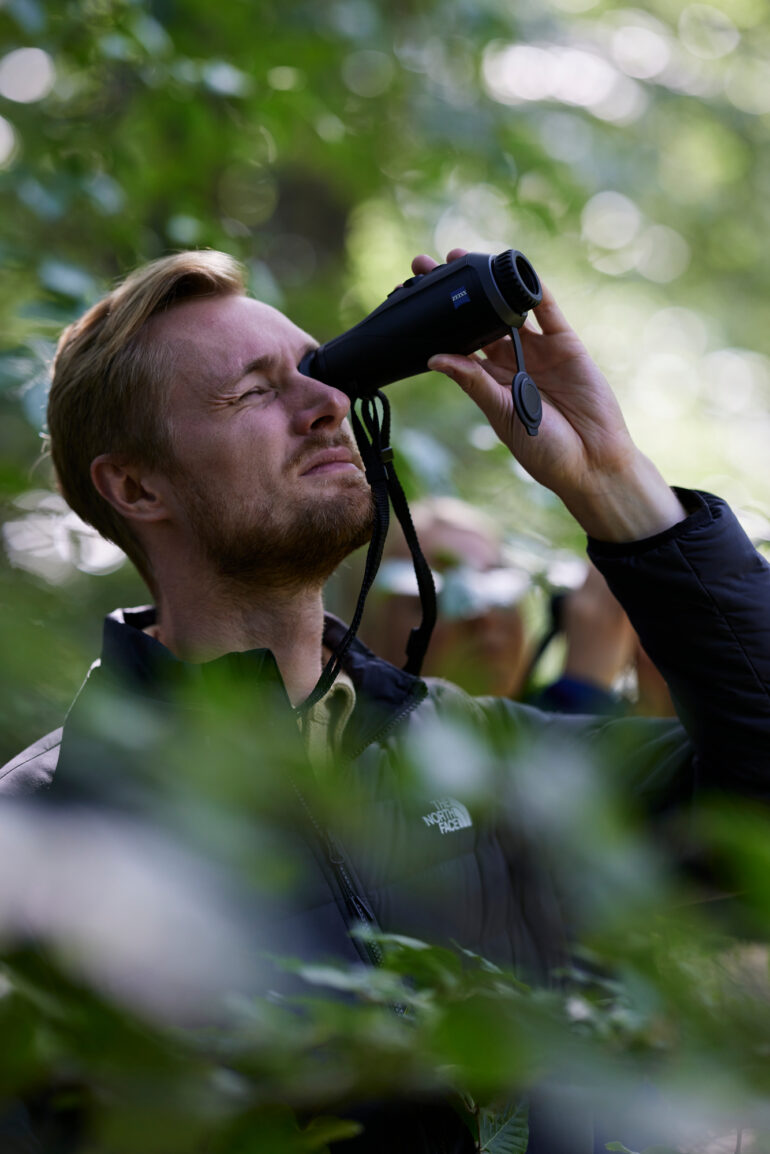
The few times I’ve tried my super telephoto on birds have been challenging for my ego. Some of these little critters love playing hide and seek when they see a glint of sunlight reflecting off your lens. If you’ve ever tried photographing wild bats at night, you’ll know that this activity is a profound test of one’s patience. Animals and birds that roam the wilderness possess an innate expertise in the art of camouflage. It’s the only way to ensure their survival from their natural predators.
While the majority of us photographers mean no harm to them, their camouflage skills often hinder locating them. Here’s where Zeiss’s latest line of thermal imaging cameras can be the perfect accessory for any professional bird photographer. At the recent Global BirdFair in Rutland, UK, Zeiss announced four new thermal cameras for day and night time wildlife observation.
A thermal imaging camera is now part of many ambitious birder’s and ornithologist’s must-have gear and opens up a new way of observing nature and birds by day or night
Stefan Gerner, Product Manager – Nature Observation at ZEISS Consumer Products.
ZEISS DTI 1
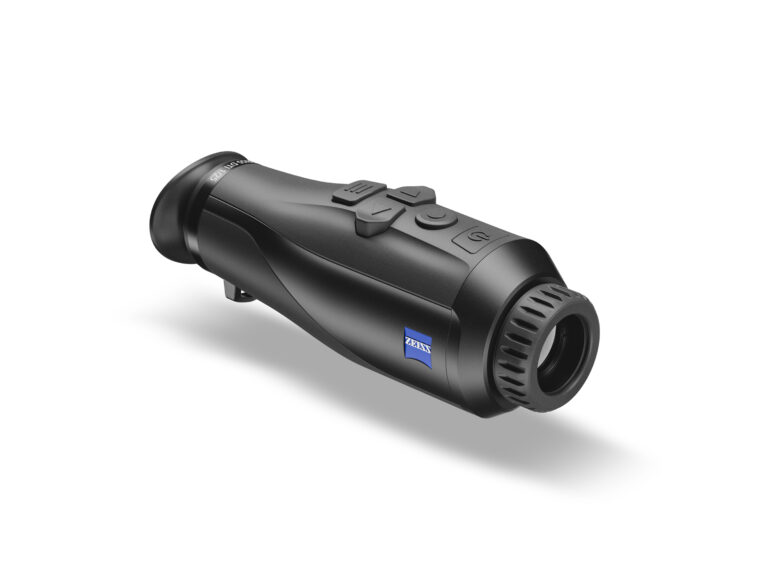
A lightweight and compact model, the Zeiss DTI 1 is the entry-level model in the Zeiss thermal imaging camera line-up. The Transition Zoom feature provides seamless bird observation with its Continuous Zoom effect. A new Detection Mode helps users spot warm-blooded creatures a lot more easily. This model is available in two variations with different fields of view.
ZEISS DTI 3 GEN 2

An upgrade to the original DTI 3 launched in 2022, the Gen 2 model significantly improved over its predecessor in all aspects. Expect sharper results from the upgraded processor and AMOLED display in this scope. Available in two variations, the DTI 3/25 has a range of 930 meters and a field of view of 26 meters, while the DTI 3/35 has a range of 1300 meters.
ZEISS DTI 4
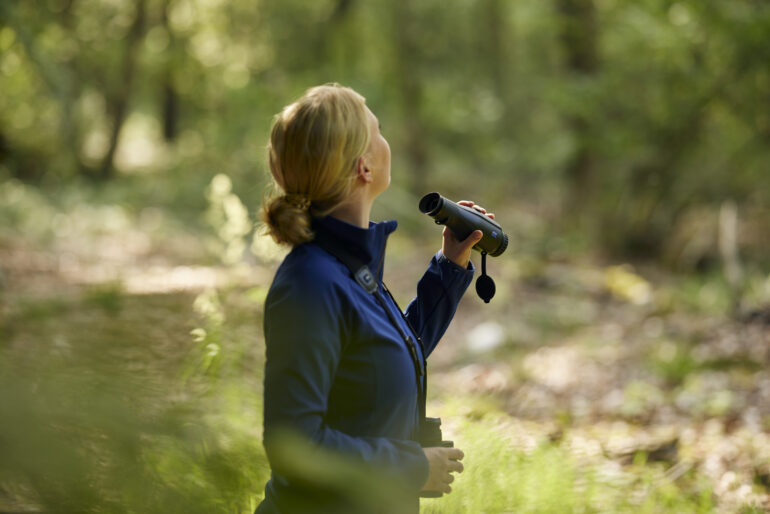
The DTI 4 has a much better 640 x 512 px sensor and is a superior model in every way over the previous two models. This delivers quality zoom and increased thermal detection across both the focal lengths it’s offered in.
ZEISS DTI 6
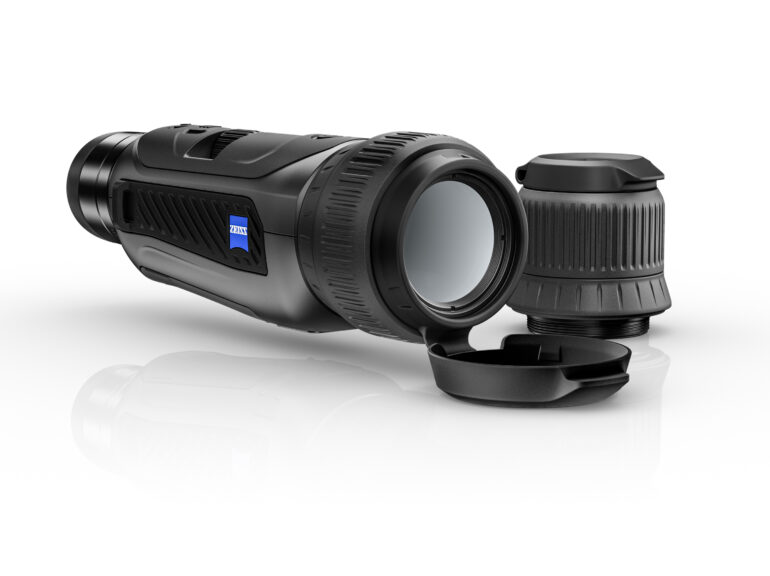
The top-of-the-line thermal imaging camera from Zeiss, the DTI 6 model sports a 640 × 480 sensor along with a 1024 × 768 AMOLED display. It comes with two interchangeable lenses to deliver detailed, sharp results.
Who Would Need Such Cameras?
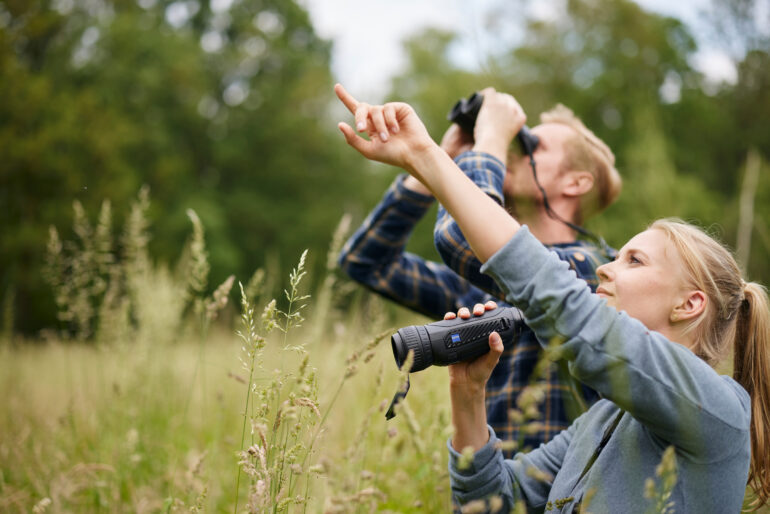
Any serious birder would greatly benefit from the addition of such units. In particular, those who stay out for days and weeks in thickly populated forests can save minutes, if not hours, in locating birds using one of these. It doesn’t just aid you in the dark. Spotting birds in their natural habitat during the day can be tricky, especially when they aren’t too active. And when looking through lenses with focal lengths of over 600mm, you have extremely narrow fields of view. A thermal imaging camera can help you quickly locate the birds you’re looking for, without you having to pore over each inch of the landscape in front of you using a telephoto lens. Their primary use being for spotting rather than clicking allows them to have much smaller and cost-effective imaging sensors inside them.
Being specialist imaging devices, be prepared to pay a hefty price for them. They go for anywhere between €1,700 (approx $1,900) for the Zeiss DTI 1/19 and €4,800 (approx $5,400) for the DTI 6/40 model. By transcending the visual limitations you’d commonly encounter without them, they help save valuable time and energy in the field. Whether used during the day or in the darkness of the night, such cameras can be an invaluable asset to anyone who takes bird photography very seriously.
All images have been obtained from Zeiss.


